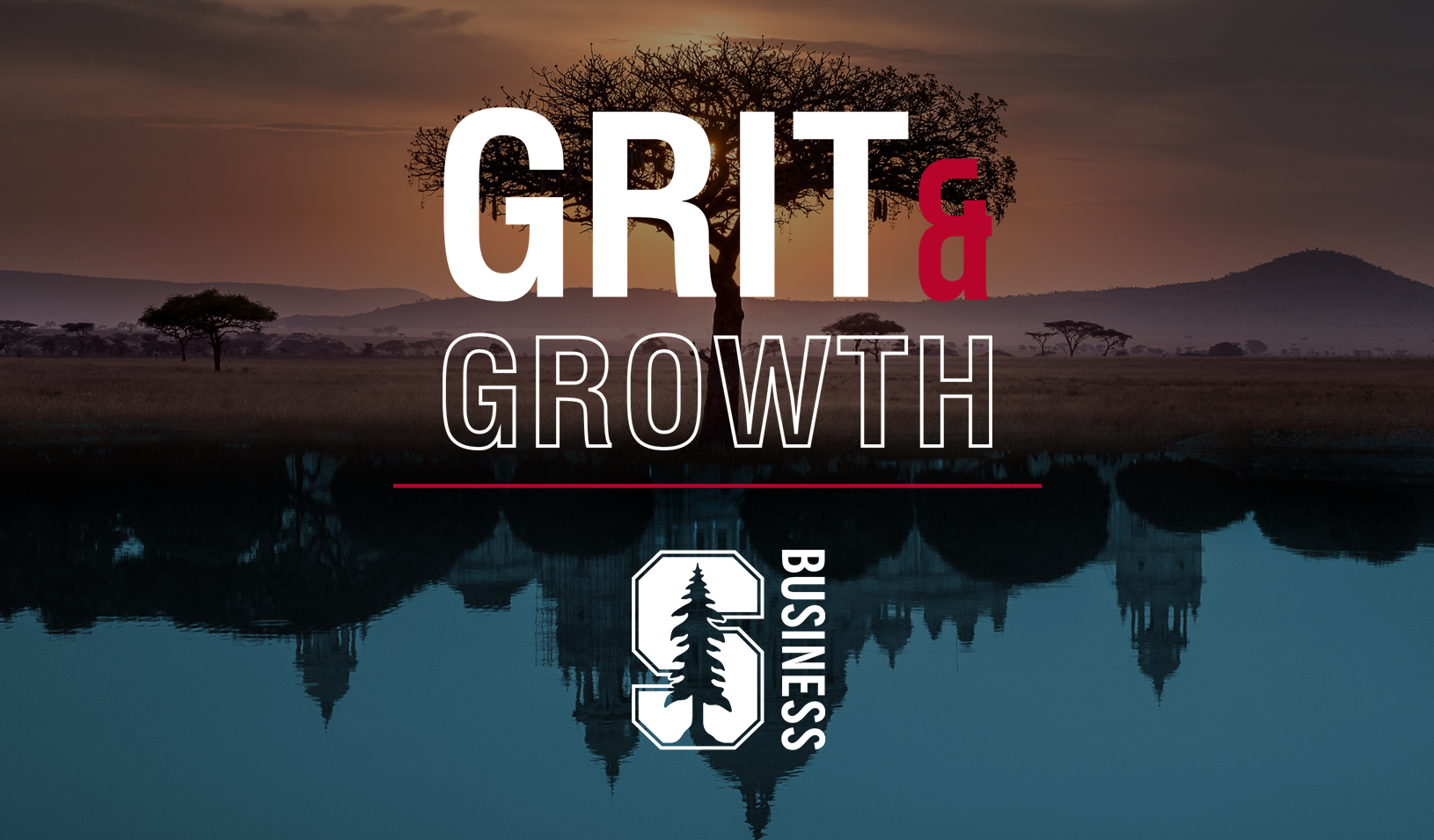Shai Bernstein: What Really Matters to Early-Stage Investors?
The team behind a business concept can be more important than the idea itself.
July 30, 2015
Researchers examined what factors investors weigh the most when vetting startups. Reuters/Thomas Peter
Early-stage investors are crucial to startups, providing the capital that allows entrepreneurs to launch new businesses. These investments, however, are enormously risky. Early-stage firms have no history, offer little financial data, and because they are usually trying to do something radically new, there is no track record for predicting their success.
In such an uncertain environment, what pieces of information do investors rely on the most to make their spending decisions? Stanford Graduate School of Business professor Shai Bernstein designed an experiment to find out. “With such huge uncertainty and so little information, it’s important for both the startups and the investment community to know what investors are really paying attention to,” says Bernstein.
He and two colleagues, Arthur Korteweg from USC and Kevin Laws from AngelList, focused their research on three aspects of a startup: the founding team, the company’s traction in the market, and the other current investors. To explore whether these information categories matter for investors, they enlisted the help of AngelList, an online platform that matches startups with potential investors. The vast majority of startups looking for funding and exposure establish a profile on the platform. They designed an experiment that relied on the fact that, at the time of the experiment, AngelList regularly sent investors emails that featured certain startups on its platform. These emails included information about the startup’s underlying idea, funding goal, details about its founding team, its traction, and the identity of other investors.
For a category to be included in the email, it had to meet a certain quality threshold set by AngelList. For example, information about traction would be included only if AngelList deemed it significant, or details about other investors included only if their backgrounds — for instance, the number of past investments that resulted in successful exits — met the criteria established by AngelList. Investors knew that if a category was missing from an email, it was because AngelList deemed it low quality.
For the experiment, the researchers manipulated the information about real startups on AngelList’s platform. They created different emails about the same startup and randomly chose the categories to include in a given email. For example, an investor might receive an email about a featured startup that included information about its traction and investors, but not about the founding team. Another investor would receive one about the same startup that included information about traction and the founding team but lacked information about current investors. In this way, the researchers were able to change an investor’s perception of the quality of a startup’s current investors, founding team, and market traction, while all other characteristics of the startup, including its idea, remained unchanged.
Nearly 5,000 AngelList investors participated. Bernstein and his colleagues measured each investor’s level of interest in a startup by recording whether that investor chose to learn more about the business on AngelList’s platform.
“Early-stage investors might see 1,000 business plans a year that they have to somehow narrow down to 50 meetings and then to maybe two companies in which they invest,” says Bernstein. “We were looking at the initial filtering process.”
Investors were most influenced by information about the founding team. In fact experienced, successful investors chose to respond only to information about the founding team, which suggests that focusing most on the quality of the founding team is a successful and viable investment strategy for early stage investors. Bernstein also found that less experienced investors reacted to all the information, essentially giving all equal weight.
He says investors may respond strongly to the quality of the founding team because they may see it as a reliable indication of whether or not the idea behind a company is a good one. High-quality founding teams — those from top schools, for example — generally have lots of options to pursue as entrepreneurs, and their choice to pursue a startup and its particular idea over other strong options sends a powerful signal to an investor that the idea is a promising one.
But Bernstein also notes that if the team were important only as a way to understand the quality of the idea, then investors who were experts in a particular startup’s area would not have responded so strongly to it. “If they are experts in the area they can judge the underlying idea for themselves, yet these kinds of investors responded to the quality of the team as strongly as everyone else,”says Bernstein. That likely means a founding team’s ability to execute is what really makes a difference to investors. “Even if they can judge the quality of the business’s idea on their own, they aren’t the ones that will execute it,” he says. “They need the right team for that.”
Shai Bernstein is an assistant professor of finance at Stanford Graduate School of Business. The paper “Attracting Early Stage Investors: Evidence from a Randomized Field Experiment” was co-authored with Arthur Korteweg at the University of Southern California’s Marshall School of Business and Kevin Laws, chief operating officer at AngelList. It will be published in a forthcoming issue of the Journal of Finance.
For media inquiries, visit the Newsroom.
Explore More

Search Funds Show Strong Performance in Acquisitions and Returns

A Conversation with Tony Elumelu



